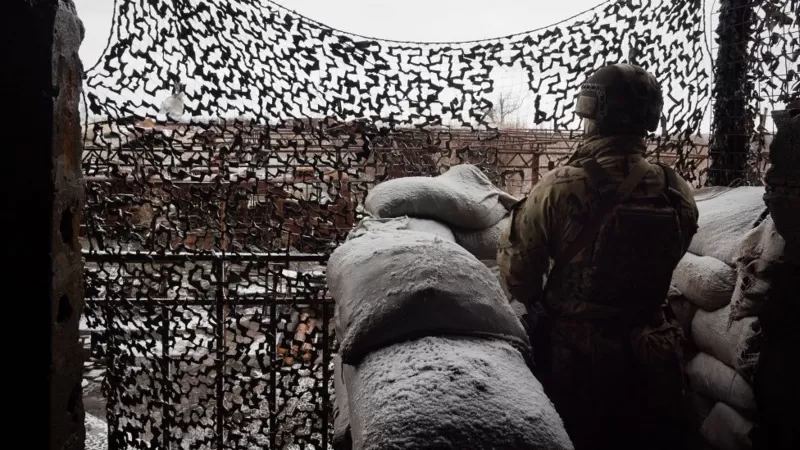The deployment of Russian troops to Belarus has heightened Western concerns about a possible invasion of Ukraine
The joint maneuver of the Russian and Belarusian armies on Belarusian territory has started today.
Ukraine crisis; Russia says there is still room for diplomacy
The joint military exercise will last for ten days and, along with concerns about the deployment of about 100,000 Russian troops near the Ukrainian border, has raised concerns about a military conflict in the region.
According to the Russian Ministry of Defense, General Valery Grasimov, Chief of General Staff of the Russian Army, arrived in Belarus yesterday to monitor joint military exercises.
According to the report, joint units of 30,000 people along with other equipment, including two battalions of the S-400 surface-to-air missile system and a number of Russian military aircraft, will participate in the joint maneuver.
The Russian Defense Ministry has said that “several fighter jets” have been transferred to participate in the joint Belarusian exercise. This is the largest Russian military presence in Belarus since the collapse of the former Soviet Union.
Satellite imagery shows the transfer of significant amounts of combat equipment to locations near the Belarusian-Ukrainian border. Belarus, like Ukraine, was one of the republics of the former Soviet Union that gained independence with the collapse of the Soviet Union.
Belarussian President Alexander Lukashenko is a close ally of Vladimir Putin, and Russia has backed Belarus’s government in cracking down on protesters during a 10-month protest against the country’s 2020 presidential election. Alexander Lukashenko has been described as “the last remaining dictator in Europe”. Western governments have imposed sanctions on Belarus in response to the country’s crackdown on protests.
Probable starting point for the invasion
The Belarusian border is about 210 km from Kiev, the capital of Ukraine, and is connected by a highway. Western sources have cited Belarus along the Crimean peninsula as the starting point for a possible Russian invasion of Ukraine.
Russia annexed the Crimean peninsula from Ukraine in 2014, following a decision by the Ukrainian parliament to oust the pro-Russian president for killing opposition protesters. Russia’s excuse was to support Ukraine’s Russian-speaking minority.
The US government has blamed the joint Russian-Belarusian maneuver for “increasing tensions” in the current crisis in the region, and White House spokesman Jen Saki said the military exercise was “more of an escalation than a de-escalation”.
A spokesman for the Russian presidency described the move as a “serious step” to strengthen ties between the two countries, saying “the two countries are facing unprecedented threats.”
However, Russia’s ambassador to the European Union, Vladimir Chizhov, told the BBC that his country still believed that diplomacy could help ease tensions in the Ukraine crisis. He also assured that the Russian forces stationed in Belarus will return to their permanent bases after the end of the exercise.
Earlier this week, French President Emmanuel Macron met with Vladimir Putin in Moscow. Talks on resolving the Ukraine crisis will resume on Thursday, with representatives from Russia, Ukraine, France and Germany in attendance, he said.
Mr Macron told reporters on Wednesday that Vladimir Putin had assured him that Russian forces would not escalate the crisis, but that Russia had not confirmed such a guarantee.
French officials have said that after two days of diplomatic efforts led by Mr Macron, proposals for negotiations under the Minsk agreement could be the basis for ending the current crisis. The agreement was accepted by the governments of Ukraine, Russia, France and Germany to end the pro-Russian uprising in eastern Ukraine.
Some diplomats say the agreements could be a way to ease tensions, French Ambassador to the United States Philippe Etienne tweeted that they should be used to find a viable political solution.
